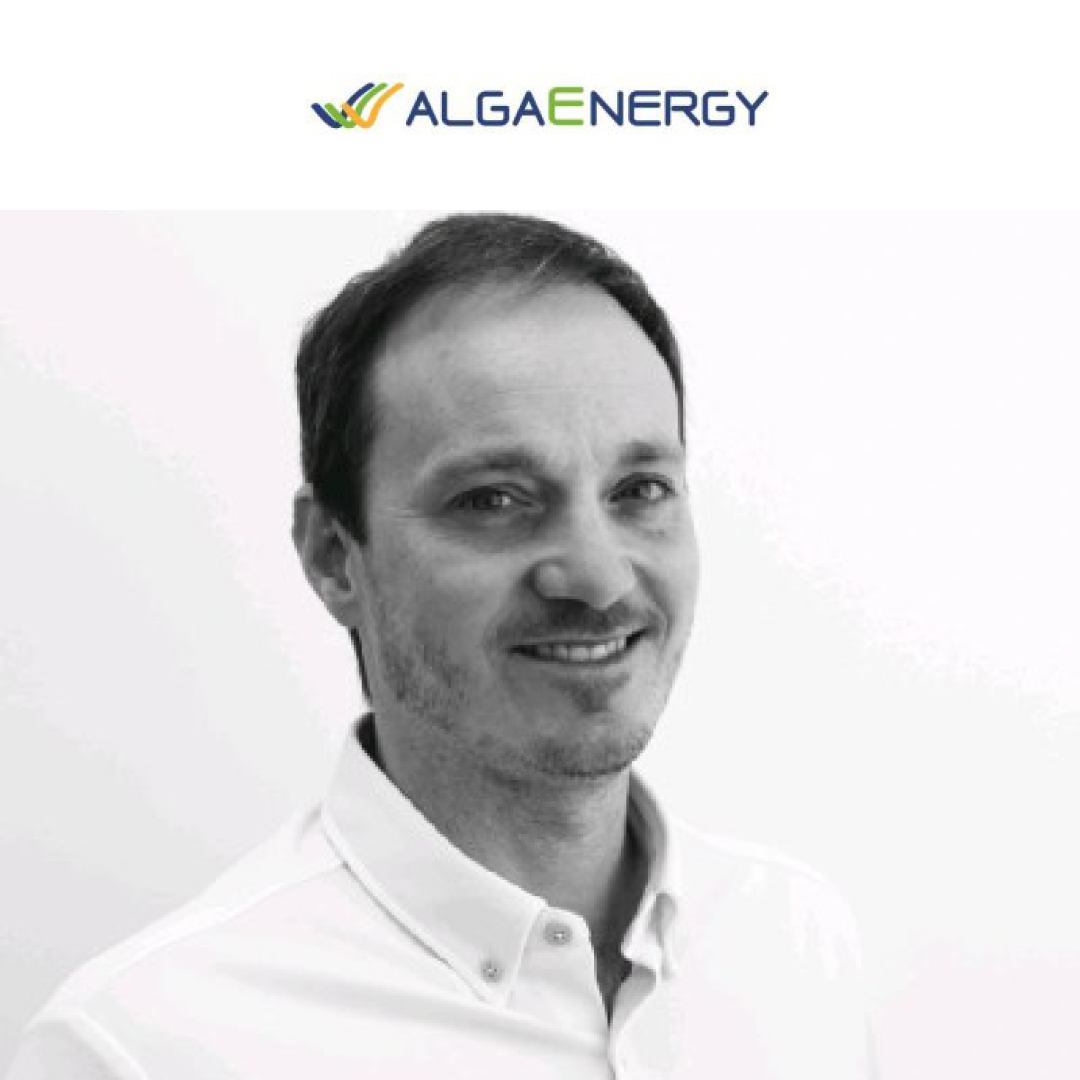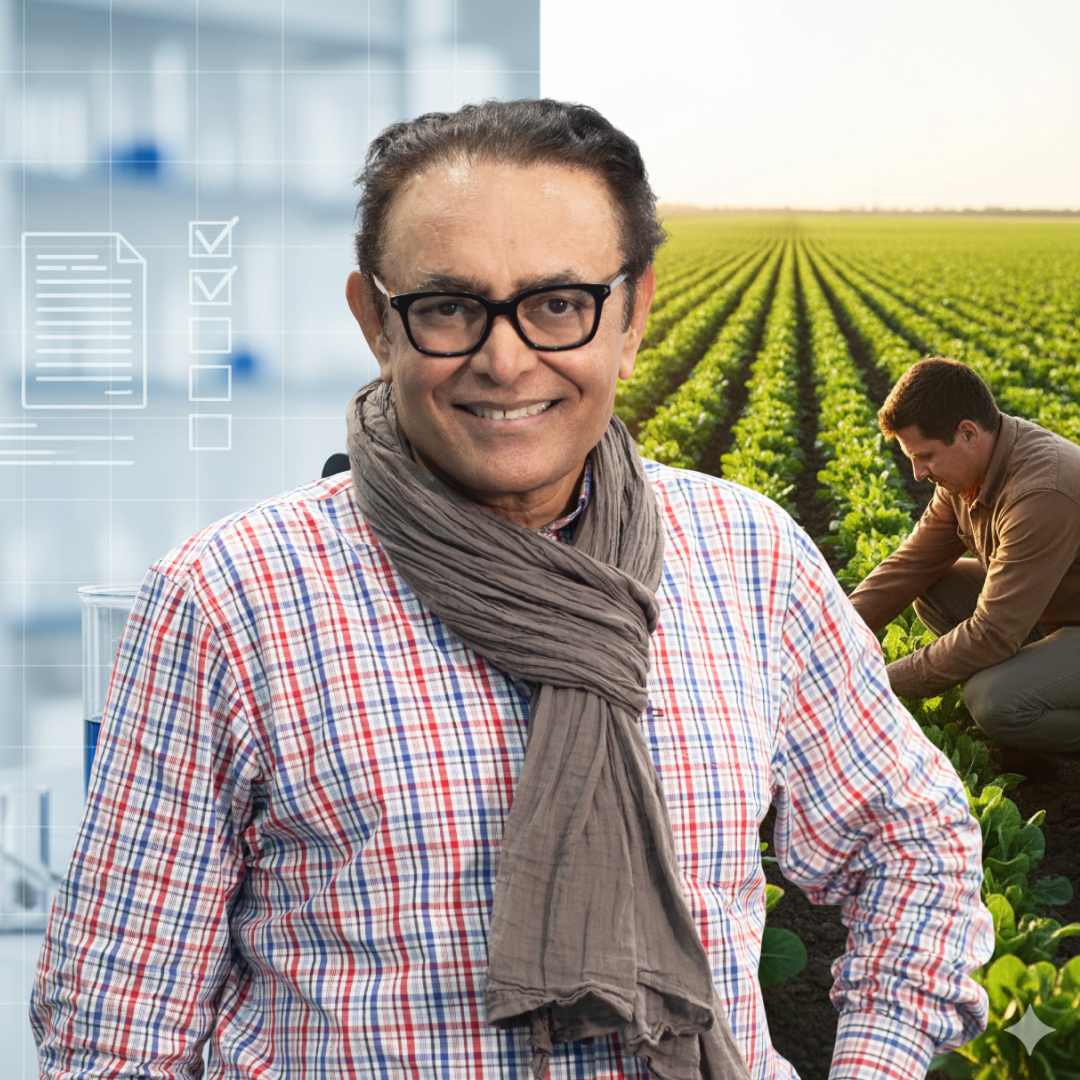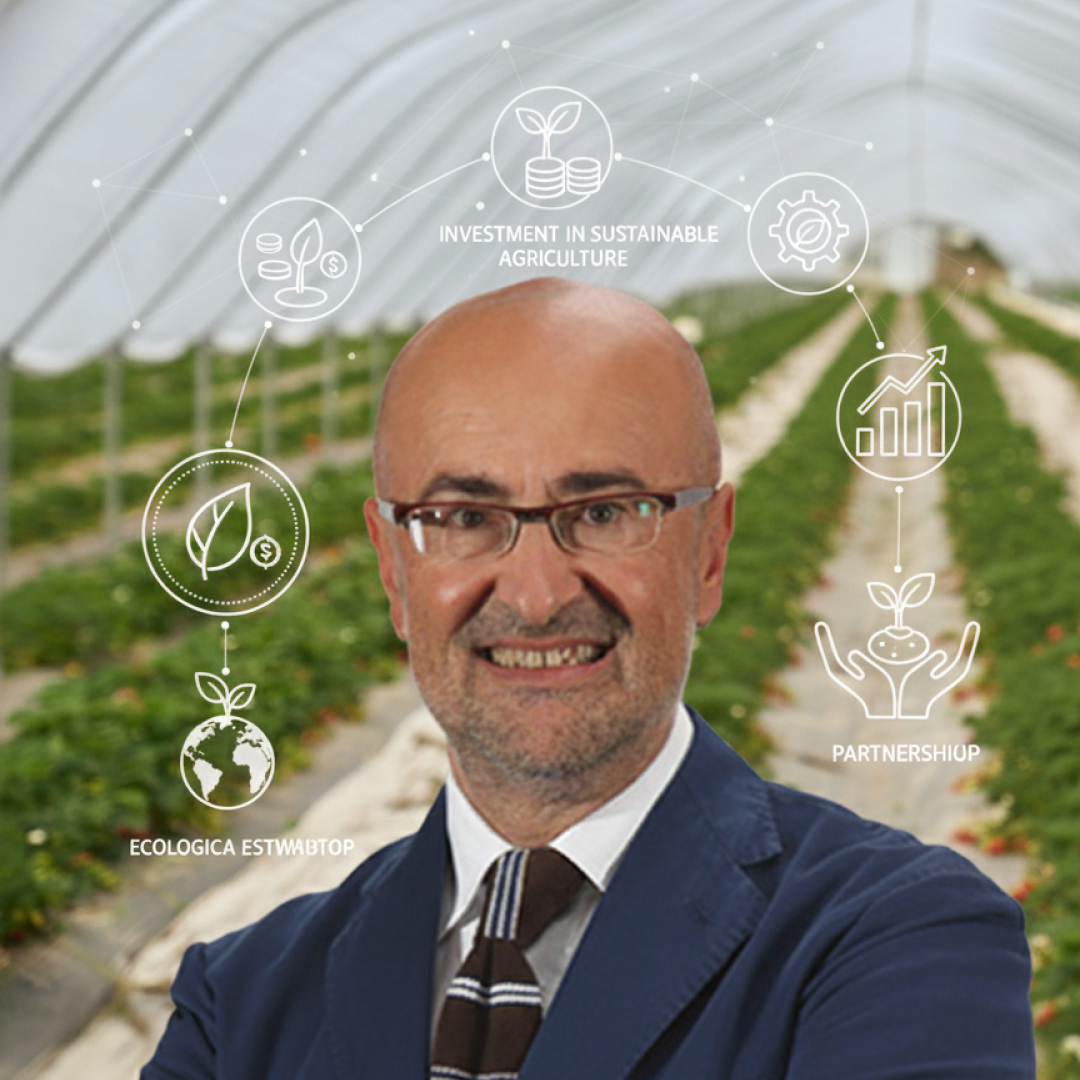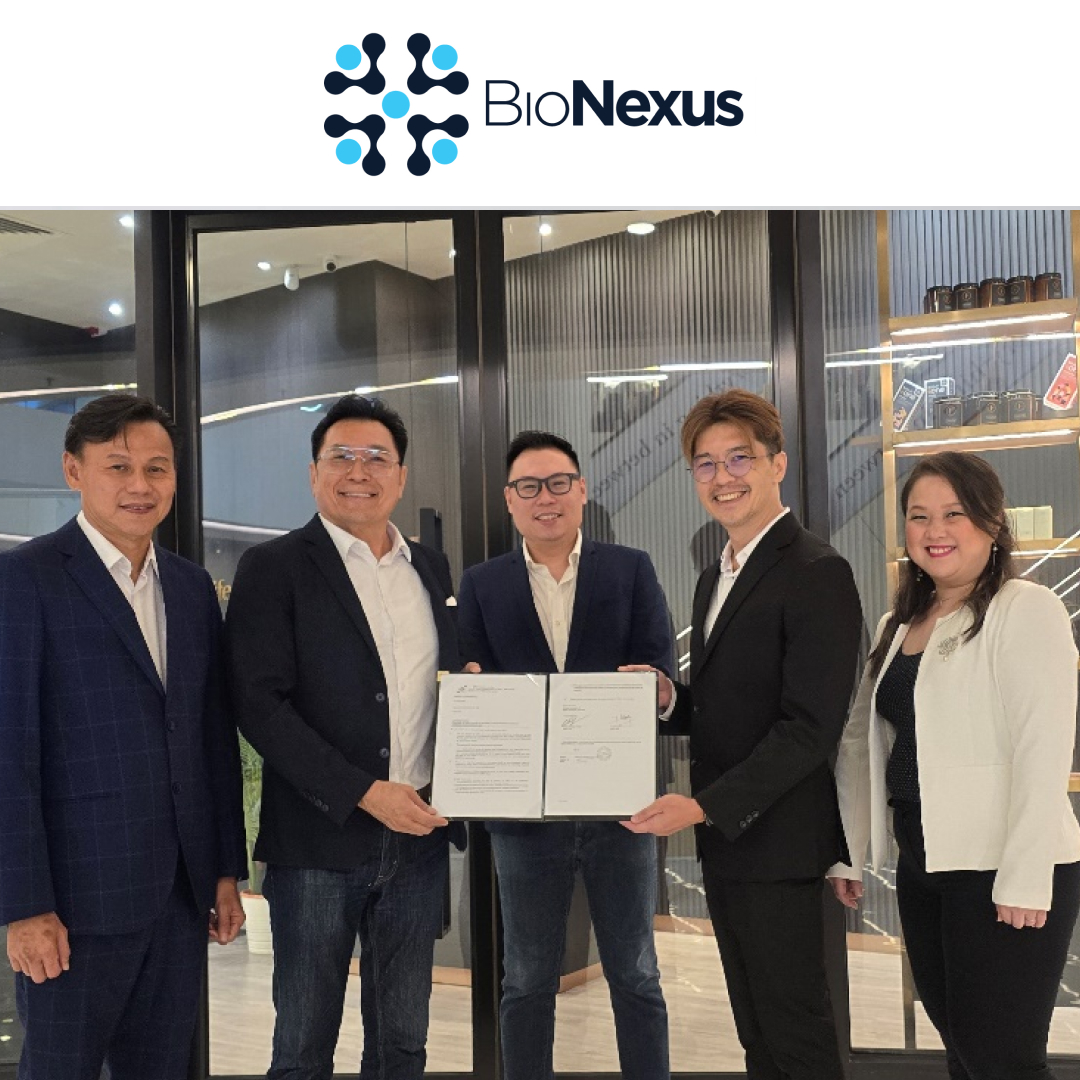
The Urgency of Regulatory Convergence
The BioAg sector stands at a pivotal point. Farmers across the world are under increasing pressure to transition away from synthetic inputs toward sustainable, climate-resilient solutions. Biologicals—biopesticides, biostimulants, biofertilizers—are central to this transition.
Yet, their market access is hindered by fragmented, often outdated regulatory systems. The BioAg industry has made remarkable progress, such as Brazil’s new BioInputs Law and the EU’s Fertilizing Products Regulation, but persistent gaps continue to delay adoption.
Part 1: Global Regulatory Updates from Regulatory Administrators
“Regulatory administration is not just about compliance—it is about promoting sustainable practices while safeguarding food safety, the environment and farmers. Harmonization is the path to accelerate market access for biologicals.” — Dr. Suresh K. Malhotra, Former Ag. Commissioner, Gov. of India.
Brazil: Building a Modern Framework for BioInputs
Brazil has taken a bold leap with its new BioInputs Law (December 2023), marking one of the most modern frameworks globally.
- Umbrella Definition: Bioinputs are now legally recognized as encompassing products, processes, and technologies of microbial, botanical, biochemical and biotechnological origin.
- Multi-Agency Oversight: Registrations require approvals from MAPA (efficacy), ANVISA (human health) and IBAMA (environment).
- Streamlined Timelines: Registration, previously 14 months on average, is targeted to be faster under the new law.
- Modernization: Frameworks now account for innovations like RNA technologies, gene editing and broader biotech applications.
Brazil’s model emphasizes local definitions first, then global harmonization, respecting regional agricultural realities while aligning with international science.
“Brazil’s BioInputs Law is more than legislation—it is a signal to the world that biologicals are distinct from chemicals and must be treated as such. Our farmers need clarity, our innovators need agility, and this law delivers both.” — Carlos Goulart, Secretary of Agriculture Defense, MAPA, Brazil
European Union: Fertilizing Products Regulation and Biopesticide Reform
The EU has made significant progress in clarifying biostimulant and biopesticide pathways.
European Union Biostimulant Legislation – Voluntary Harmonization of Approach in Member Countries, EU Standards.
While Brazil charts its own framework, Europe continues refining its regulatory pathways.
- First Legal Definition: Adopted in 2019, fully applicable since July 2022.
- Two Pathways: Manufacturers may choose EU-wide CE-marking for free circulation, or national frameworks with mutual recognition.
- Scope: Defines plant biostimulants as products enhancing nutrient efficiency, abiotic stress tolerance or quality traits, independent of nutrient content.
European Union Pesticides Legislation – Actions to Foster Availability of Biopesticides in EU, Registration under Regulation (EC) 1107/2009 remains slow, often six–10 years.
- Recent Progress: Specific microbial data requirements updated in 2022, easing dossier preparation.
- Future Outlook: The European Commission has committed to fast-track pathways, additional EFSA resources, and stronger mutual recognition across Member States.
United States: Biostimulant and Biopesticides Regulation Update, with Impact of New Presidency on EPA
The U.S. remains fragmented, with fertilizers regulated state-by-state and biopesticides under EPA (FIFRA). Biostimulants lack a federal category, creating uncertainty.
- Plant Biostimulant Act: Drafted by BPIA, seeks to establish a federal definition of biostimulants, exempting them from pesticide law and enabling state-level adoption via a model bill.
- Soil Health Study: USDA would independently validate biostimulant benefits, boosting credibility.
- EPA Bottlenecks: Registration timelines hinge on staffing in the Biopesticides and Pollution Prevention Division (BPPD). Advocacy continues for more resources.
This legislative shift could finally unlock a coherent U.S. market for biostimulants.
India: New Biostimulant Legislations and Efforts to Simplify Regulations for Bio-inputs in India
India, by contrast, has moved quickly to define biostimulants within its fertilizer regulations. India has brought biostimulants under the Fertilizer Control Order (FCO) since 2021, giving them clear regulatory identity.
- Definition: Biostimulants are substances or microorganisms stimulating plant processes to enhance nutrient uptake, yield, quality or stress tolerance, excluding pesticides and plant growth regulators (PGRs).
- Quality and Safety: Products must meet prescribed specifications, undergo multi-location efficacy trials, and comply with labelling requirements.
- Industry Challenges: Calls remain for clarity on trial protocols and exemptions (e.g., waiving toxicological tests for microbial biostimulants).
India’s framework marks a vital step in ensuring quality while opening a structured pathway to market.
Southeast Asia: Fragmented but Moving Toward Streamlining
In Southeast Asia, diversity of systems still dominates, though signs of convergence are emerging. Southeast Asia presents both opportunity and complexity:
- Country-Specific Systems: Each nation (Thailand, Vietnam, Malaysia, Indonesia, Philippines) has its own rules, typically adapted from conventional pesticide laws.
- Registration Timelines: Generally, two years, requiring local efficacy trials.
- Positive Trends:
- Thailand exempts tox data for some microbials/plant extracts.
- Vietnam and Indonesia have reduced data requirements.
- Philippines offers fast-track approvals for biopesticides.
- No ASEAN Harmonization Yet: Regional guidelines are under discussion, but industry must currently navigate fragmented national requirements.
Part 2: Global Regulatory Updates from the Industry (via Industry Associations)
“The future of biologicals depends on fast-track, proportionate regulations. We cannot let innovative solutions be held back by frameworks designed for chemicals. Farmers need tools now, not years from now.” — Karel Bolckmans, President IBMA.
Global Industry Perspectives: IBMA, BPIA, BIPA
Industry associations stressed the urgency of harmonization and advocacy.
- IBMA (EU), Speaker: Karel Bolckmans: Bolckmans reiterated IBMA’s advocacy for mutual recognition across EU Member States, stressing that predictability and reduced timelines are essential for SMEs driving innovation.
- BPIA (U.S.), Speaker: Keith Jones: Pushing legislation and education to create a U.S. biostimulant category. BPIA is expanding outreach, including a new grower adoption campaign in the U.S., to increase awareness and confidence in biologicals.
- BIPA (India): Urging simplification, including waivers for microbial toxicology tests. India’s industry association emphasized continued refinement of FCO guidelines and waivers for microbial toxicology requirements to reduce barriers for domestic innovators.
Mr. Jose Carvalho emphasized that while the EU has made critical progress, predictability and efficiency remain key concerns for industry.
- Need for Consistency: Divergent interpretations among Member States still create delays despite EU-wide rules.
- SME Challenges: Smaller companies face disproportionate burdens navigating multiple national systems.
- Innovation at Risk: Without faster, proportionate frameworks, the EU risks discouraging investment in next-generation biocontrol and biostimulant technologies.
Together, these associations act as bridges between regulators, innovators and farmers, amplifying the voice of the biologicals sector. The discussion concluded with a call to balance local realities with global convergence.
“Local realities must be respected, but global convergence is possible. With associations, regulators, and innovators aligned, we can ensure biologicals reach farmers faster and at scale.” — Karel Bolckmans
From Fragmentation to Convergence
The session made clear that regulatory innovation will be as critical as scientific innovation in realizing BioAg’s potential. As the chair emphasized, regulatory harmonization is essential for biologicals to scale globally. With coordinated action, the sector can move from fragmentation to convergence, ensuring farmers worldwide gain timely access to safer, sustainable tools.
This whitepaper is an outcome of Regulatory Day, Session 2: Streamlining and Harmonizing BioAg Regulations: How to Accelerate Market Access for Biologicals Globally at BAW Congress 2025.
The speakers in the session were:







Leave a Reply